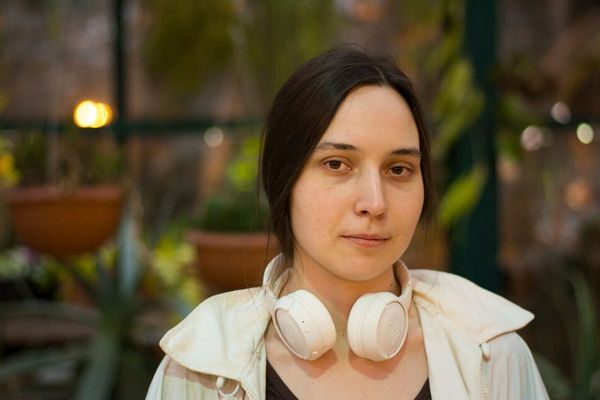
‘“How old is very, very old?” the off-screen interviewer asked four-year-old Lily.
“Thirty-seven,” she replied decidedly.
“What happens when you get very old?”
Lily made a small, guttural sound and slumped backward in her chair.
I liked Lily a lot. She was one of the 10 tiny children unleashed in Old People’s Home for 4 Year Olds (Channel 4)on residents of Nottingham’s Lark Hill, the largest retirement village in the UK, who had volunteered to take part in an intergenerational programme designed to help young and old overcome some of the vulnerabilities that flesh and spirit, at the extreme ends of the age spectrum, are heir to. Loneliness, anxiety and loss of confidence among the adults; being four years old and not being able to gobble down life quickly enough among the others.
To those of you whose synapses are still firing with reasonable frequency, this description will seem familiar and rightly so. A two-parter was broadcast last year, in which various poppets won the hearts of various residents at a home in Bristol. Depressed Lina’s face started to shine when the children chose her to help them with a game; retired geologist David, who had spent his life crisscrossing the globe, was encouraged out of the room he had retired to since widowhood to show the children a garden that was every bit as fascinating (“I sawed a robin!”) to them as his world travels had been to him. And resistant, curmudgeonly Hamish was by the end playing Sleeping Lions with the best of them, and with one of the best roars his charges had ever heard.
This time round, the experiment is longer – three months instead of six weeks – but looks set to be no more necessary or revelatory than it was the first time round. By the end of the first hour alone, all viewers must have been heartily sick of the dutiful reminder, varying only in the euphemisms for “old people” deployed, that this was “an experiment to see if it is possible to halt or reduce some of the physical and mental decline than can be associated with older members”. It was delivered in reverential tones at the top of every segment and once or twice in each one after that.
But we know, now, what we’re here for. We’re here to see two generations blossom under each other’s aegis. We’re here to see Phoenix’s face light up as only a four-year-old’s can when 81-year-old Lavinia gives him a picture of a lorry and he realises he can take it home. We’re here to see 97-year-old Victor, this year’s Hamish, remember his beloved wife Margaret, who died four years ago after 66 years of marriage, whom he first met dancing. At the end of the song, everyone shouted: “Kiss her!”, so he did. “It doesn’t sound very romantic,” he says, to the brain-bogglement of anyone raised in the age of Tinder, “But it was.” And we’re here to see him thaw over the coming weeks – although last night, it was a waltz with the children’s lissom dance teacher that most cheered him (and us) up. The years seemed to fall away with every step.
Most moving of all perhaps, though, was young Scarlett’s father, Tim, talking about her mother, Sally (“She was my partner, my love, my life … I loved her utterly and I still do”), who died nine months ago from breast cancer, and why he enrolled his daughter in the experiment.
“Confidence,” he explained, smiling. “She’ll always be the little girl whose mother died when she was three, and I can’t ever change that. But I don’t want her to be the woman whose life was wrecked by her mum dying when she was three.”
The show continues to tread the fine line between heart and sentimentality, between reporting on measures involving vulnerable groups without patronising them and shaping the narrative into something manageable, without intruding too much. I still say it would work better as a mood piece, and that at the very least the sociological gubbins should be let fade into the background instead of the makers trying to paint a scientific gloss on the commonsense appreciation that anyone’s mood, mobility and memory will improve if you throw activities, new experiences, a few highly supervised hours with some charming infants and the money to pay for it all at them. But next week – chickens arrive! And I will, absolutely, be there for that.







